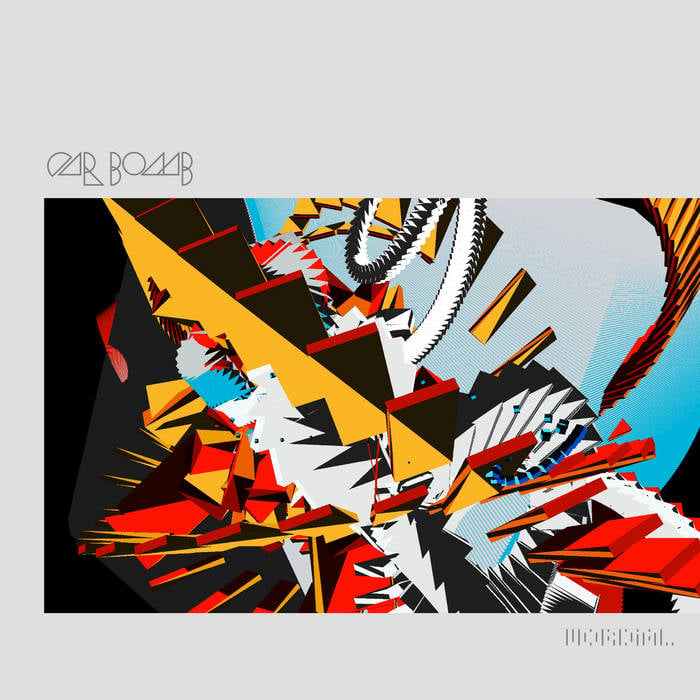I finally got my printer working again. I spent the whole day going through Teaching Tech’s calibration steps. All the flat calibration gcode looks fine. The Benchies are another problem though. I’m printing with a 0.6mm nozzle for the first time.
On the smaller benchy I printed at 0.2 layer height, with a perimeter speed of 40mm/s at 210/60 temps. The bigger one is 110% larger and printed at 0.25 layer height, with a perimeter speed of 60mm/s at 215/60 C.
The problems are mostly manifested in the same area. Big blobs in the rear and layer shifting on the tail pipe. Large layer shifts/bulges in the center. I’ve never really ran into this problem before so I don’t know where to start when diagnosing this.


I wrote a very long and detailed comment about your settings last night but it seems it didn’t save.
Long story short, your hot end has a maximum amount of filament it can melt and squeeze through your nozzle. Anything more than that and you’ll start to have issues.
Let’s say for example’s sake that your hot end cannot handle more than the default 0.4 nozzle 0.15 layer height @ 60mm/s. You can increase your nozzle size to 0.6, but you’ll need to decrease your print speed to keep the hot end happy. Even moreso of you increase layer height as well.
So in your post you went from 0.2 layer @ 40mm/s, to 0.25 layer @ 60mm/s. I don’t know what printer/ hot end you’ve got, but that’s kind of a lot of filament. You can increase print temp to compensate, which I see you’ve done, but remember that your filament has an optimal print temperature, and if you exceed that too far you’ll run in to issues there as well.
Have you already tried printing calibration towers (temp, speed, retract, flow etc)? If not, definitely look up a video or two on how to get them set up. They are much more effective for finding proper print settings than test prints like the benchy. Use towers to find the right settings, use your benchy to test the settings to make sure everything looks good.